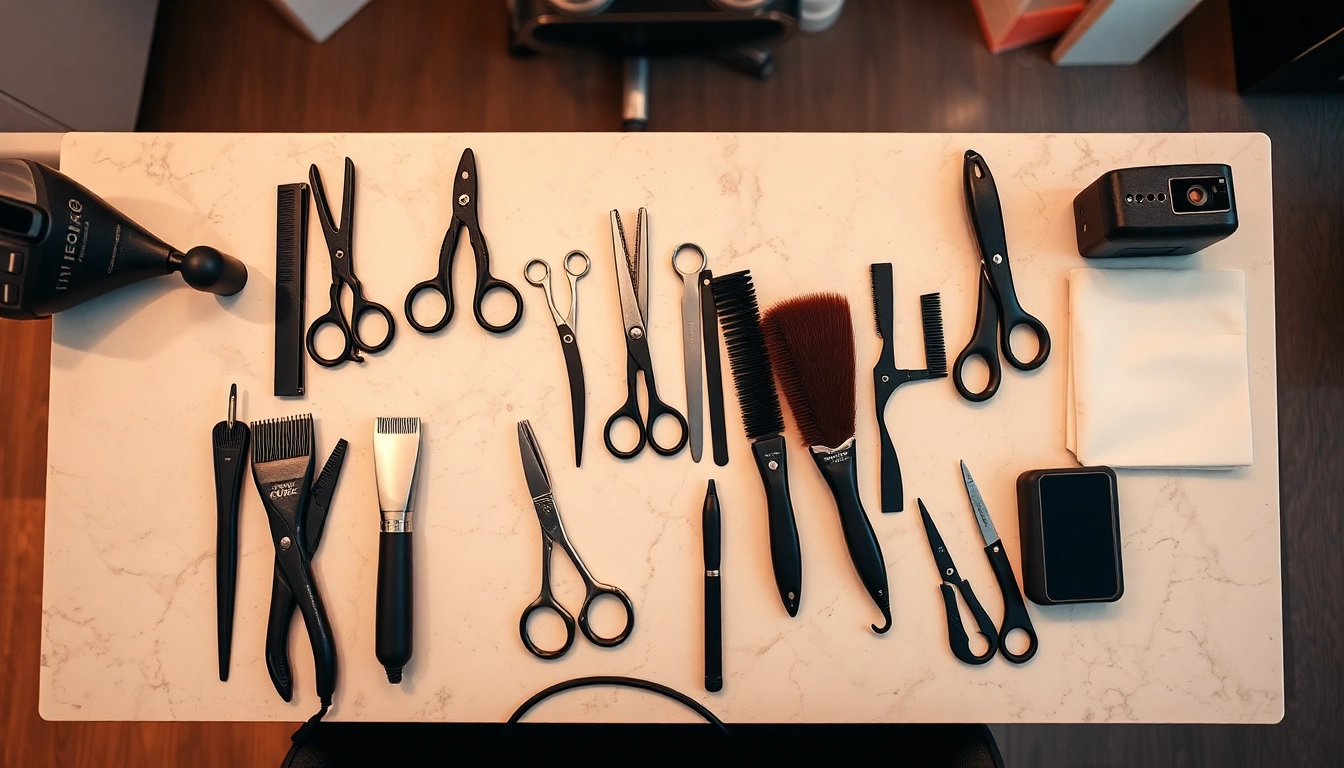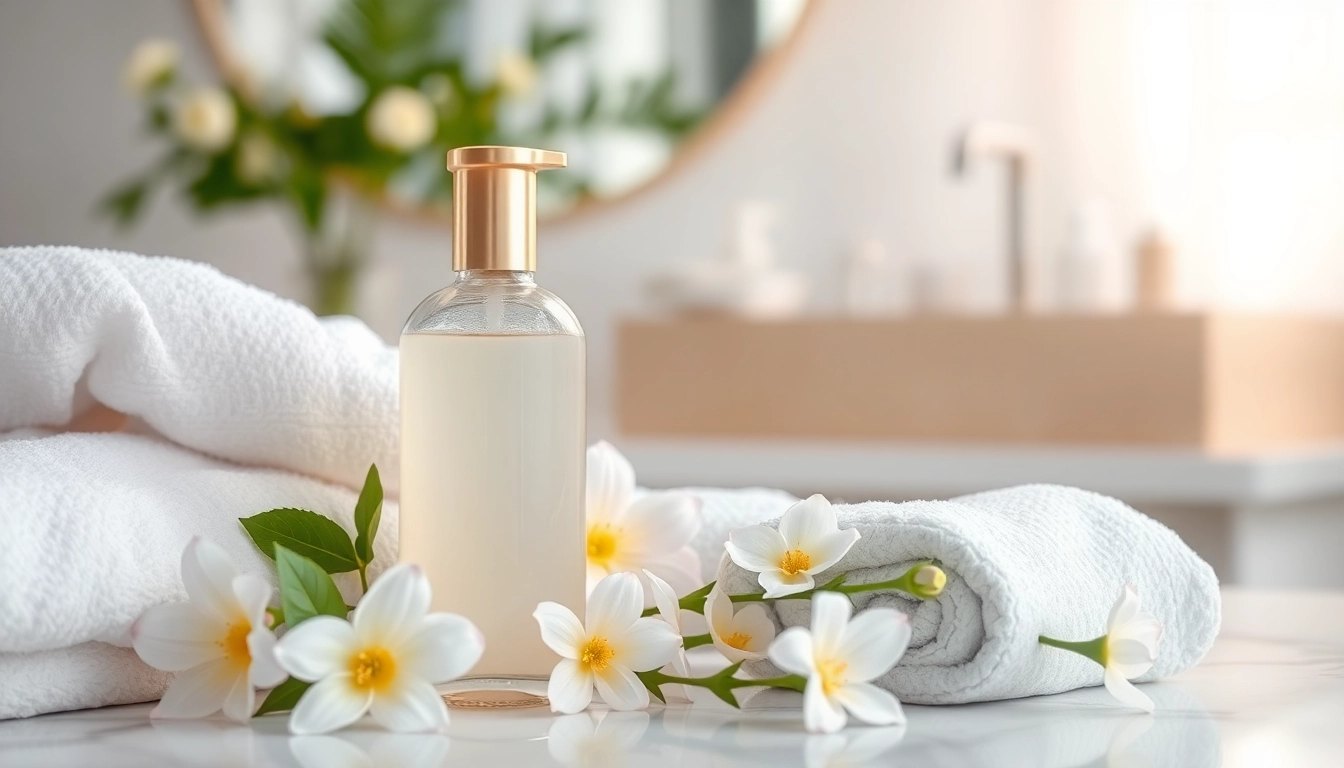Introduction to Hairdressing Tools
Regardless of whether you are just starting your journey in hairstyling or you are an experienced stylist looking to upgrade your arsenal, understanding hairdressing tools is essential. The right tools not only enhance your efficiency and effectiveness but also directly affect the outcomes you achieve for your clients. In this article, we will explore the significance of quality tools, various types of hairdressing equipment, and how you can select the best tools catered to your specific needs.
Understanding the Importance of Quality Tools
The hairdressing profession demands a high level of skill and precision, which necessitates investing in quality tools. High-grade tools enhance performance, improve client satisfaction, and can even boost your reputation as a stylist. For instance, using professional shears versus cheap scissors can make a world of difference in the results of a hair cut, impacting everything from sleekness and style to longevity of the cut itself.
Overview of Different Hairdressing Tools
Various hairdressing tools serve different purposes, from cutting and styling to coloring and treating hair. Common tools found in a professional hairstylist’s kit include:
- Hair Dryers: Essential for drying hair quickly and efficiently while allowing for various styling techniques.
- Curling Irons: Perfect for adding curls and waves, essential for many hairstyles.
- Straightening Irons: Vital for achieving sleek, straight hair.
- Shears: Key for cutting and texturizing hair, with various types available for different styles.
- Combs & Brushes: Important for detangling and smoothing hair.
- Clipper Sets: Utilized for cutting hair short and creating specific styles.
How to Choose the Right Tools for Your Needs
Choosing the right tools begins with understanding your hairdressing style, target clientele, and the specific services you plan to offer. For example, if you primarily cut hair, investing in a set of high-quality shears is paramount. Meanwhile, if you focus on styling, you may need an array of hair dryers, flat irons, and curling tools. Assessing your needs will guide your investment in tools that yield the best results.
Must-Have Hairdressing Tools for Beginners
Key Cutting Tools: Shears and Clippers
As a beginner, investing in basic high-quality cutting tools is essential. Hair cutting shears are non-negotiable; they should feel comfortable in your hand and be sharp enough to cut hair cleanly. Thinning shears can also be used to texture hair and create layered looks.
Essential Styling Tools: Hair Dryers and Flat Irons
Hair dryers are perhaps the most used tools in any salon. A good hair dryer will reduce drying time and help create volume and styling. Flat irons come into play for smoothing hair, and investing in a high-end flat iron can provide the best results without damaging the hair.
Brushes and Combs: The Unsung Heroes
Often overlooked, brushes and combs are fundamental in hairdressing. A variety of brushes (round, paddle, vent) allows for different styling techniques. Combs are critical for sectioning hair and detangling before cutting or styling.
Upgrading Your Hairdressing Toolkit
Investing in Professional Equipment
As you progress in your career, it becomes crucial to upgrade your toolkit to include professional-grade tools. These tools often have features like better heat distribution, faster drying times, and ergonomic designs, which can make styling not only easier but more enjoyable.
Latest Innovations in Hairdressing Tools
In recent years, the hairdressing industry has seen a surge in technological advancements. Innovative tools such as ionic hair dryers, which reduce frizz and static electricity, and versatile styling tools that can curl and straighten, are just a few examples of what’s available today. Embracing these new technologies can significantly enhance your capability and service quality.
Accessories That Enhance Your Hairdressing Experience
In addition to primary tools, various accessories can enhance your work. Trolleys for transporting tools, salon capes for keeping clients clean, and heat-resistant mats for styling tools are all valued additions to any stylist’s kit. Investing in quality accessories can improve your workflow and provide a better experience for clients.
Maintenance and Care of Hairdressing Tools
How to Clean and Store Your Tools
The longevity and performance of hairdressing tools depend largely on proper maintenance. Regular cleaning prevents the buildup of hair products and dirt that can impair performance. Tools should be stored in a clean, dry place to prevent rust and damage.
Sharpening Techniques for Scissors
Keeping your shears sharp is essential for clean cutting. Professional sharpening services can help preserve the life of your scissors. It’s recommended to have your shears sharpened at least once a year, depending on usage, to ensure optimal performance.
Making Your Tools Last Longer
Proper storage practices, avoiding dropping or mishandling tools, and regular maintenance checks can drastically increase the lifespan of your hairdressing tools. Additionally, investing in high-quality tools from reputable brands can mean fewer replacements over time.
Conclusion: The Future of Hairdressing Tools
Trends to Watch in Hairdressing Equipment
The hairdressing industry will continue to evolve with technological advancements. Look for trends such as sustainable materials in tools, multi-use styling equipment, and smart technology that integrates with mobile apps for personalized styling recommendations.
Why Investing in Quality Matters
Investing in quality hairdressing tools pays off in higher client satisfaction, repeat business, and ultimately, a better reputation. Quality tools reflect professionalism and dedication to your craft, which can influence your career trajectory.
Final Thoughts for Aspiring Hair Professionals
Building and maintaining a quality toolkit requires commitment, research, and ongoing investment. However, the rewards of having the right hairdressing tools at your disposal include not just impressive results but also an elevated confidence in your skillset. As the industry continues to grow and innovate, stay informed, adaptable, and passionate about honing your craft.



